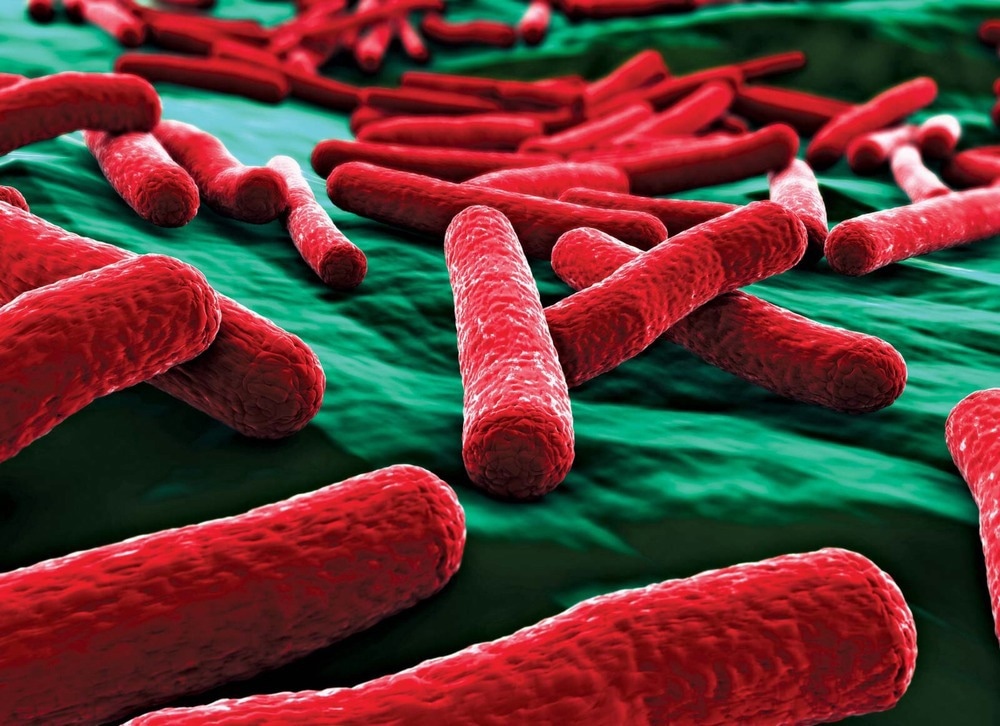Various beneficial bacteria reside in the female reproductive tract; however, their role in reproductive function remains unclear. A new JBRA Assisted Reproduction study examines the outcomes of assisted reproductive technology (ART) and reports that specific microbial profiles were associated with better conception rates.
 Study: Endometrial and vaginal microbiomes influence assisted reproductive technology outcomes. Image Credit: Ebrahim Lotfi/Shutterstock.com
Study: Endometrial and vaginal microbiomes influence assisted reproductive technology outcomes. Image Credit: Ebrahim Lotfi/Shutterstock.com
Introduction
ART is assuming a larger role in today’s world, where infertility is becoming more common in certain countries for several different reasons. However, multiple factors affect the outcome of ART, including reproductive tract infections.
The vaginal microbiome consists of several beneficial bacteria such as Lactobacillus. When these bacteria are reduced in number, accompanied by an increase in anaerobes like Gardnerella vaginalis, bacterial vaginosis (BV) may arise. BV affects almost 20% of infertile women and can be caused by both G. vaginalis and Atopobium vaginae.
Some researchers have previously reported that vaginal dysbiosis, or abnormal alterations in the vaginal microbiota, reduces pregnancy rates following in vitro fertilization (IVF); however, this has been contradicted by several meta-analyses. To resolve this issue, the researchers of the current study utilized next-generation sequencing (NGS) technology because of its ability to provide detailed information of the vaginal and endometrial microbiomes by isolating even rare microbes present at low levels of abundance.
Previous studies have reported that Lactobacillus-dominant (LDM) and non-LDM contain 90% or more and below 90% of Lactobacillus species, respectively. LDM has been linked to high implantation rates with reduced rates of miscarriage with ART, though the final rate of pregnancy following IVF was not enhanced.
Eubiosis and dysbiosis are defined as comprising 80% or more Lactobacillus and Bifidobacterium species, and less than 80%, respectively. Notably, IVF pregnancy rates are similar in both groups.
About the study
The current study examined how ART pregnancy rates are affected by the balance between the abundance of pathological bacteria such as Gardnerella, Enterococcus, Enterobacteriaceae, Streptococcus, and Staphylococcus, and of Lactobacillus. The researchers designed a prospective study based on vaginal and endometrial microbiome samples from 35 ART patients who had embryos transferred at a single center between February 2019 and March 2020.
All embryos were of good quality and the embryo transfer (ET) was carried out if the endometrium was at least 8.0 mm thick on day 15 of the cycle. All microbiome samples were collected between days eight and 10 of the menstrual cycle. Taken together, 34 and 33 vaginal and endometrial samples, respectively, were included in the study.
The subjects were classified as various combinations of high- and low-abundance pathogenic bacteria (high PB and low PB, respectively), and high Lactobacillus and low Lactobacillus (high L and low L, respectively) in the vaginal and endometrial samples. The four resulting groups, including high L/low PB, high L/high PB, low L/low PB, and low L/high PB were assessed for their pregnancy outcomes.
The ART methods used in this group included IVF, intracytoplasmic sperm injection (ICSI), and frozen-thawed ET.
What did the study show?
Of the 34 ET procedures, 21 resulted in pregnancy, with 17 live births and four early miscarriages. Patients who became pregnant were comparable in most respects with the others, including antibiotic use.
Among pregnant women, high Lactobacillus abundance was found in both vaginal and endometrial samples compared to high PB in the samples from non-pregnant women. In most cases, the two sample types correlated well.
Using 46% and 55% cut-off values in vaginal and endometrial samples, respectively, for Lactobacillus and 18.7% and 8.5% for pathogenic bacteria, significantly different bacterial profiles were observed in the vaginal and endometrial microbiomes for both groups of bacteria.
With both vaginal and endometrial samples, pregnancies were more frequent in the high L/low PB group, while non-pregnant women were more frequently found to have the low L/high PB profile. Thus, a favorable Lactobacillus-pathogenic bacterial balance in the endometrium and vagina was associated with a higher proportion of women who achieved pregnancy. This remained true after excluding those who were given antibiotics.
At a less significant scale, the community state type (CST) analysis showed that the dominance of Lactobacillus iners (CST III) was present in one-third of pregnant women as compared to CST IV, which is dominated by diverse bacteria, in 45% of non-pregnant women.
What are the implications?
Significantly more women became pregnant when Lactobacillus and pathological bacteria abundance were high and low, respectively, and significantly more women were not pregnant when Lactobacillus and pathological bacteria abundance were low and high, respectively.”
These results were supported by β-diversity analysis.
Biologically, this association is plausible, as differences in the microbiome may affect endometrial receptivity to the implanting blastocyst, for instance, due to infection-induced inflammation when PB are abundant. Moreover, bacterial invasion of the endometrium may affect immune tolerance, thereby causing rejection of the blastocyst.
Such interactions are thought to occur through pattern recognition receptors on the endometrial mucosal cells that interact with host immune cells to regulate the local immune response.
These findings indicate that Lactobacillus is predominant in the endometrial and vaginal microbiomes because its presence prevents pathological bacteria from entering the uterus.”
Further studies are needed to clarify the mechanisms by which the endometrial microbiome affects blastocyst implantation.
The current study adds to previous knowledge by demonstrating how the balance between these two groups of microbes affects pregnancy outcomes in women who undergo ART. Nevertheless, further research will be essential to determine how different Lactobacillus species affect pregnancy outcomes.
Possible interventions to correct dysbiosis also need further study, as in the form of the prebiotic lactoferrin that enhances Lactobacillus growth or antibiotics to suppress pathogen overgrowth.